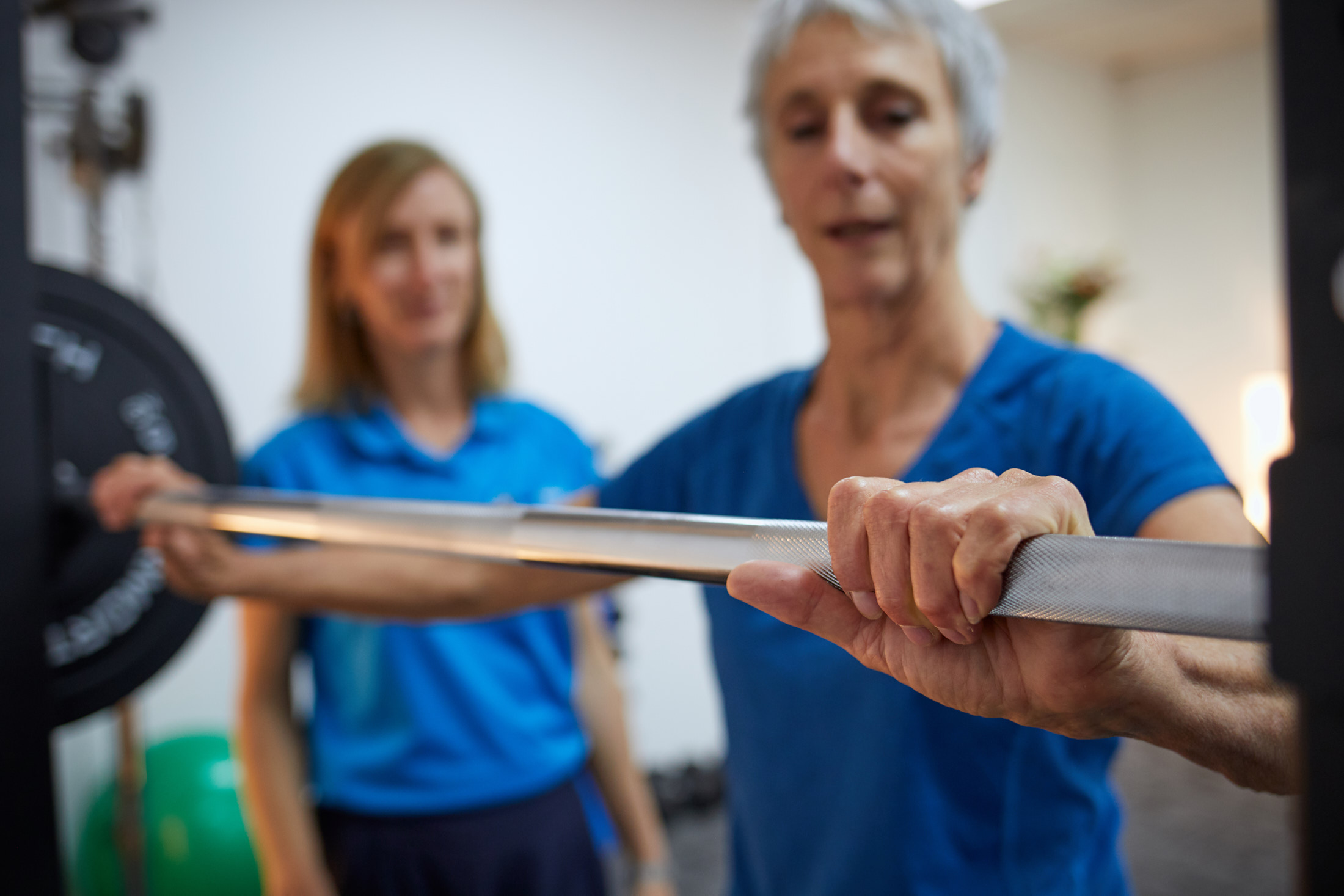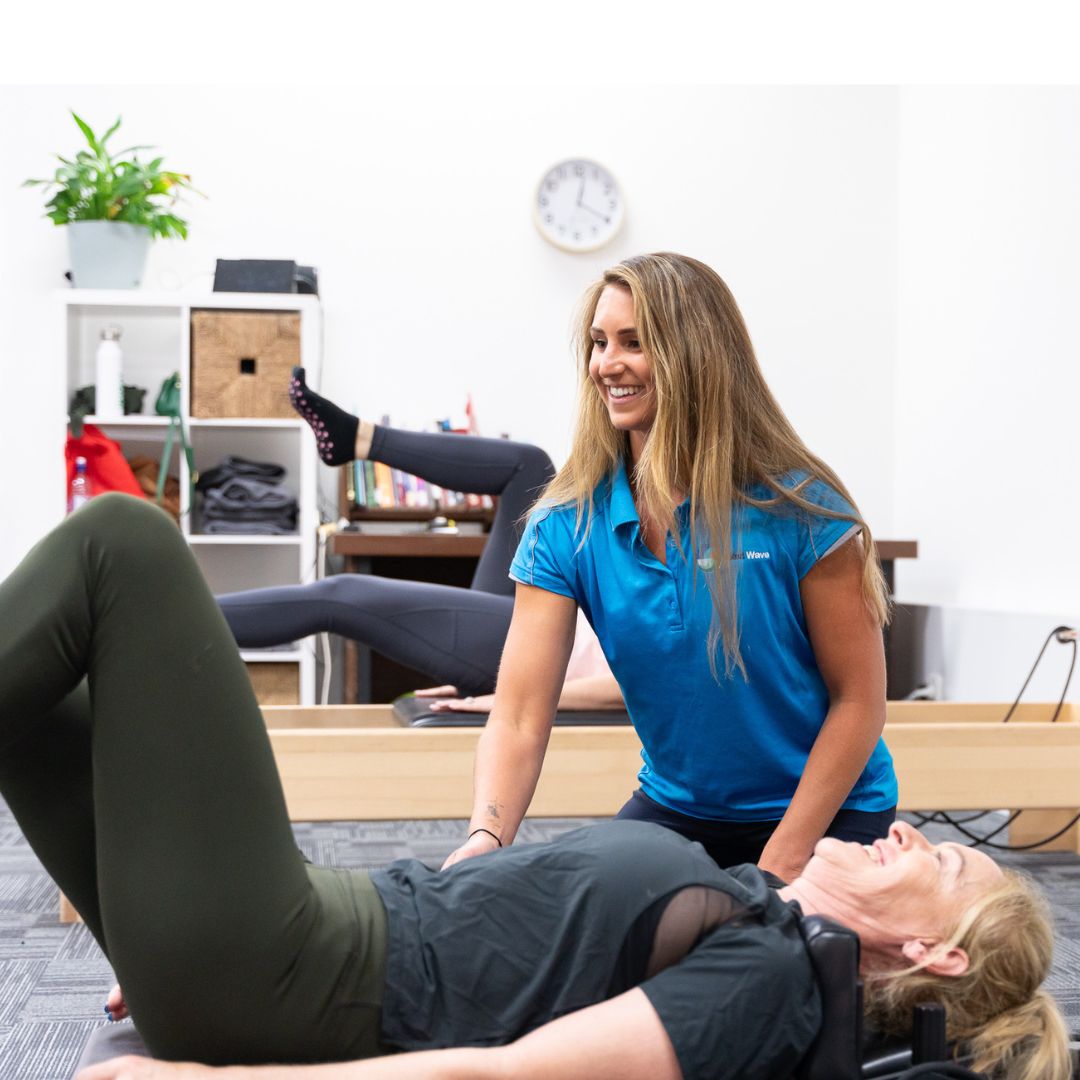Natural Therapy for Osteoporosis in Menopause
Bone mass generally builds over time until around our 35th birthday. After this time bones begin to break down faster than they can rebuild and this leads to osteopenia and osteoporosis. In Australia, 11% of men and 27% of women aged 60 years or more are osteoporotic, and 42% of men and 51% of women are osteopenic (1)
While menopause is an inevitable part of every woman’s life, osteoporosis doesn’t have to be.
Why is menopause a risk factor for osteoporosis?
The actual cause of osteoporosis is not completely clear, but there is a distinct connection between osteoporosis and menopause. Approximately 30% of postmenopausal women are estimated to have osteoporosis. As much as half of a woman’s total bone loss occurs within the first 10 years following menopause.
A decline in estrogen levels, a natural consequence of menopause, is directly related to a decrease in bone density. Calcium balance also deteriorates at menopause when there is a decline in intestinal calcium absorption and/or an increase in urinary calcium excretion.
Other women who are at risk of osteoporosis are those who experience early menopause (before age 45, go a long time without having a menstrual period; and/or have very irregular periods.
What can be done to combat osteoporosis in menopause?
Adopting healthy living guidelines during menopause and beyond is an essential part of addressing an underlying condition such as osteoporosis. This includes healthy diet guidelines that are specific for this time in a women’s life; exercise; and stress management.
Diet
“Population studies demonstrate that a Western style diet that includes high energy intake, excess carbohydrates and trans- and saturated fats can be associated with an earlier age of menopause, an increase in long term complications such as osteoporosis and cardiovascular disease, and a higher severity of menopausal symptoms”.(6) BioMedica Nutraceuticals
Adopting general wholefood dietary principles including high intake of fruit, vegetables, whole grains, nuts, seeds and plant protein will support the individual during the menopausal transition, and provide the specific macro- and micronutrients required for healthy aging in the post-menopausal period.
Specific foods that have demonstrated therapeutic effects on menopausal symptoms such as phyto-oestrogens and omega-3 polyunsaturated fatty acids (PUFAs) should be encouraged, while foods that can exacerbate vasomotor symptoms and sleep disturbance such as spicy food, caffeine and alcohol should be avoided.
Nutrients
In postmenopausal women, there is evidence that a high calcium intake and adequate vitamin D (diet and sunlight exposure) will slow the rate of bone loss and may reduce the risk of fracture.
Post menopause recommended daily allowances of calcium increase from ~ 1200 mg/day to ~ 1500 mg/day. Some good sources of calcium are from dairy products, soybeans, tofu, sardines, salmon, egg yolk, green leafy vegetables, tahini, almonds, brazil nuts.
Vitamin D from fatty fish like tuna, mackerel and salmon, cod liver oil, egg yolk, beef liver, fortified foods like some dairy products, soy milk and cereals
Adequate levels of sunlight exposure (5-10 minutes a day) provides your body with vitamin D to maintain bone health
Exercise
Regular exercise can increase and sustain bone density and decrease the risk of fracture (3)
Three specific types of exercise are helpful for prevention of osteoporosis and maintaining a healthy body composition (2). These are;
-
high-impact exercise (e.g. jogging, running and brisk walking) to improve bone density
-
weight or resistance training to strengthen and increase muscle mass, and increase balance and co-ordination
-
stretching and balancing to improve mobility and balance, and reduce falls risk
Low impact forms of exercise such as tai chi and yoga have been shown to improve bone mineral density (4). They also have the added benefit of improving quality of life and psychological symptoms in women transitioning through menopause (5).
For support in building bone density a physiotherapist can assess your needs and help you make a more informed decision about which exercise you need. Read this article on strength in life resistance training for more information.
Stress Management
Cortisol is a ‘stress hormone’ produced by our body in response to stress which increases the ‘acidity’ of our body. To restore a neutral pH, our body releases calcium from our bones and teeth as a way of balancing this cortisol release. Over time, when stress becomes constant or ‘distress’ this depletes calcium stores from our bones.
There are many ways to manage stress, exercise being one that also helps to rebuild bone density, muscle mass and resilience. Herbal medicines can help support the hypothalamus-pituitary-adrenal (HPA) axis while also balancing hormones. If you need extra help our occupational therapists provide psychological therapy and can help you to achieve flow in your life balance.
Maintaining Balance in Menopause
Menopause marks a transition into the final phase of a woman’s life. Understanding the physiological, social and emotional changes that come with this life transition can make a huge difference.
Some women experience distressing symptoms in menopause. Many of the problems experienced are related to low estrogen levels and declining progesterone. When the ovaries become less active, the adrenal glands (organs that responds to stress) take over this role. Additional stress makes them less able to take on the role of estrogen production. Herbs, nutrients and diet do help. However, learning how to manage and reduce stress cannot be over emphasized.
A naturopath will tailor a herbal medicine, nutrient, diet and lifestyle advice to meet your individual needs and preferences. At Next Wave Therapy we have physiotherapists and occupational therapists who can also hep you meet your exercise and stress management needs.
Written by
Sasha Wray Principal Occupational Therapist and Naturopath with a special interest in treating chronic pain, mental health and women’s health concerns.
References
-
Nguyen TV and Eisman JA (1999) Risk factors for low bone mass in elderly men. In: ES Orwoll (ed) Osteoporosis in Men. Academic Press, San Diego, p 335.
-
Grindler, N. M., & Santoro, N. F. (2015). Menopause and exercise. Menopause, 22(12),
1351–1358. https://doi.org/10.1097/GME.0000000000000536 27.
-
Prakash, M. D., Stojanovska, L., Nurgali, K., & Apostolopoulos, V. (2016). Sex Hormones, Exercise and Women. Sex Hormones, Exercise and Women. https://doi.org/10.1007/978-3-319-44558-8
-
Fishman, L. M. (2009). Yoga for osteoporosis: a pilot study. Topics in Geriatric Rehabilitation,
25(3), 244-250
-
Zhang, Y., Chai, Y., Pan, X., Shen, H., Wei, X., & Xie, Y. (2019). Tai chi for treating osteopenia and
primary osteoporosis: a meta-analysis and trial sequential analysis. Clinical interventions in aging, 14, 91
-
Denova-Gutiérrez, E., Méndez-Sánchez, L., Muñoz-Aguirre, P., Tucker, K., & Clark, P. (2018)






